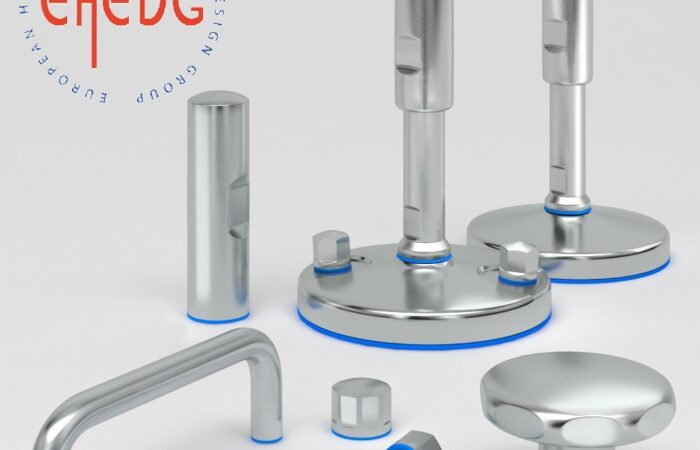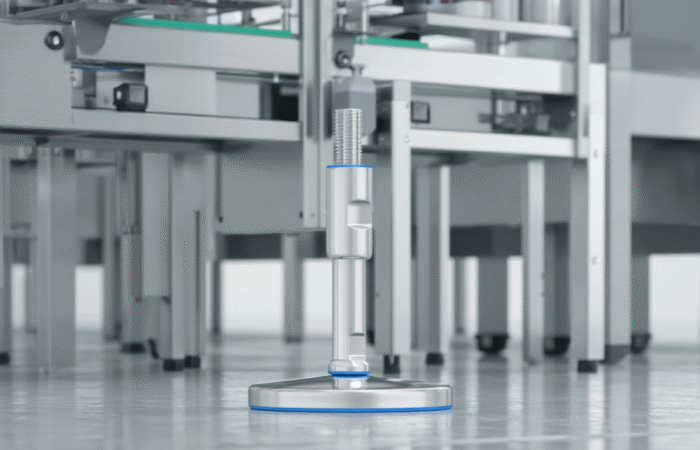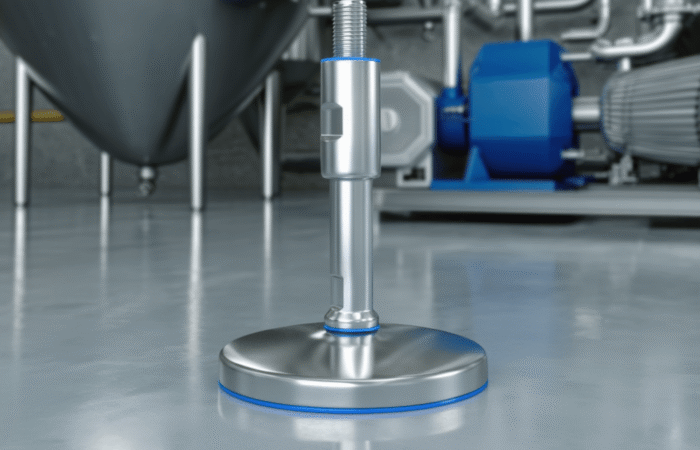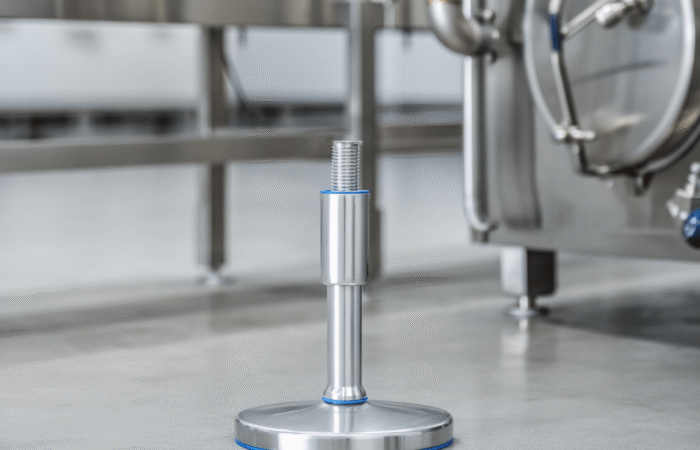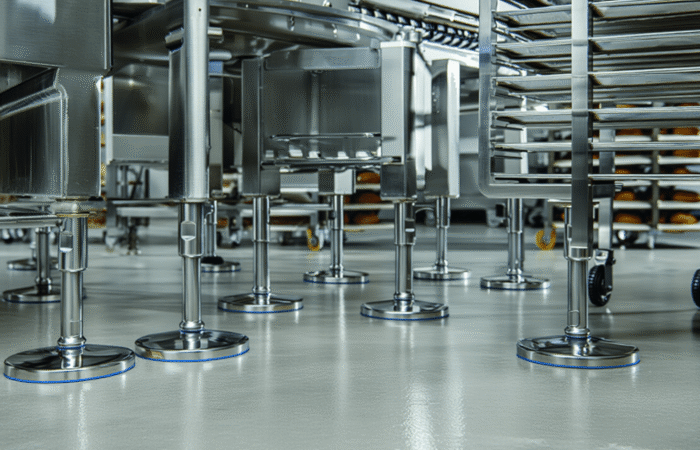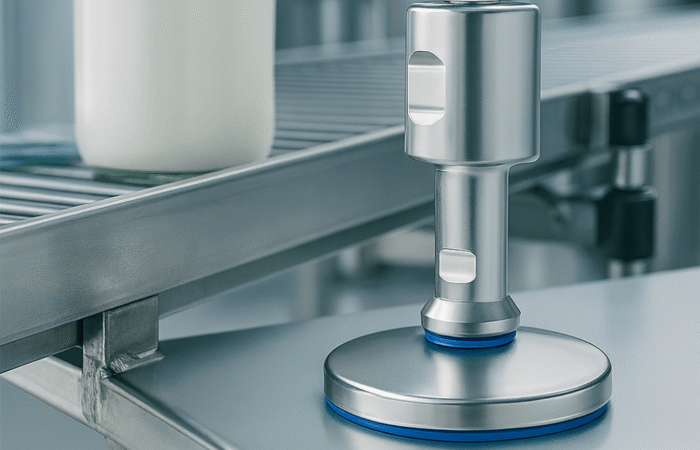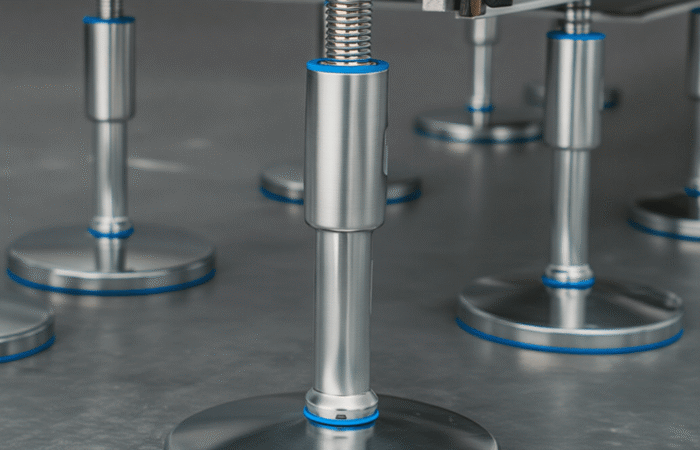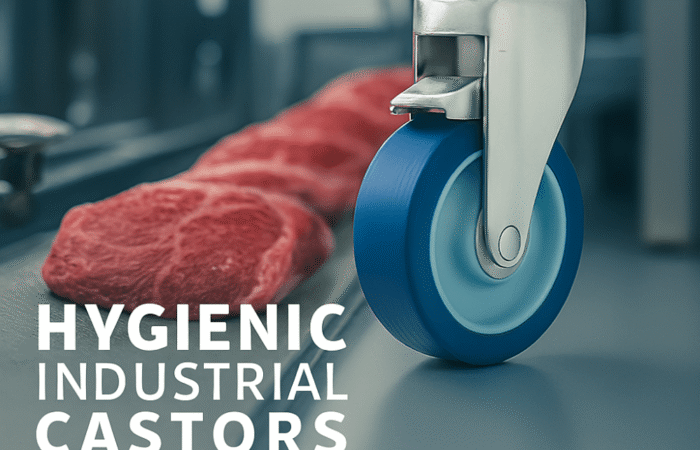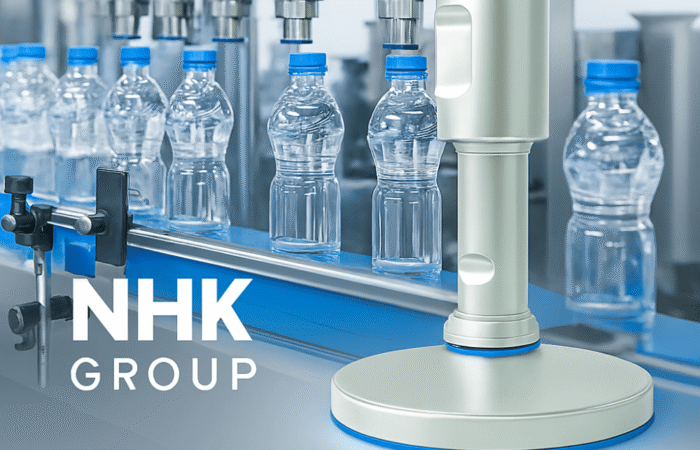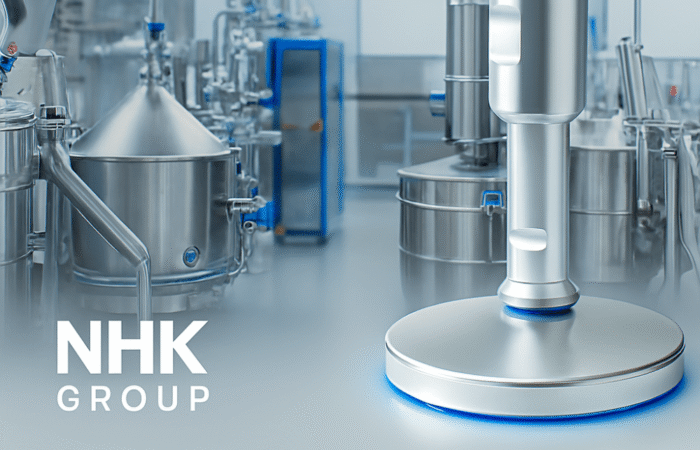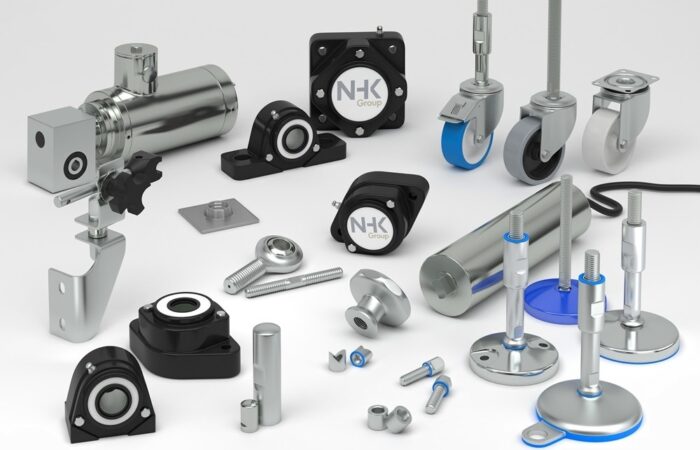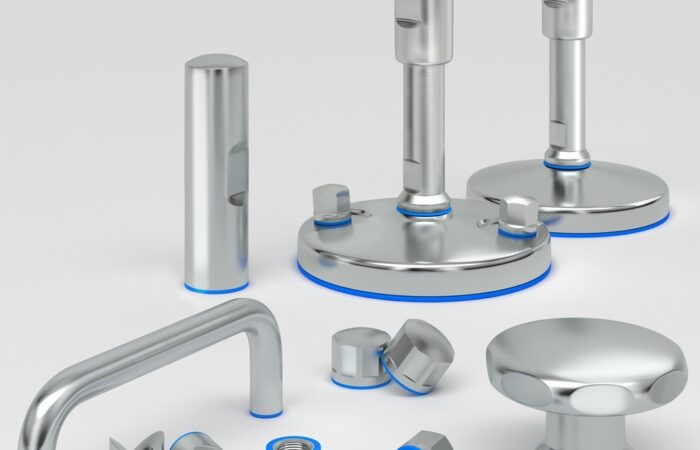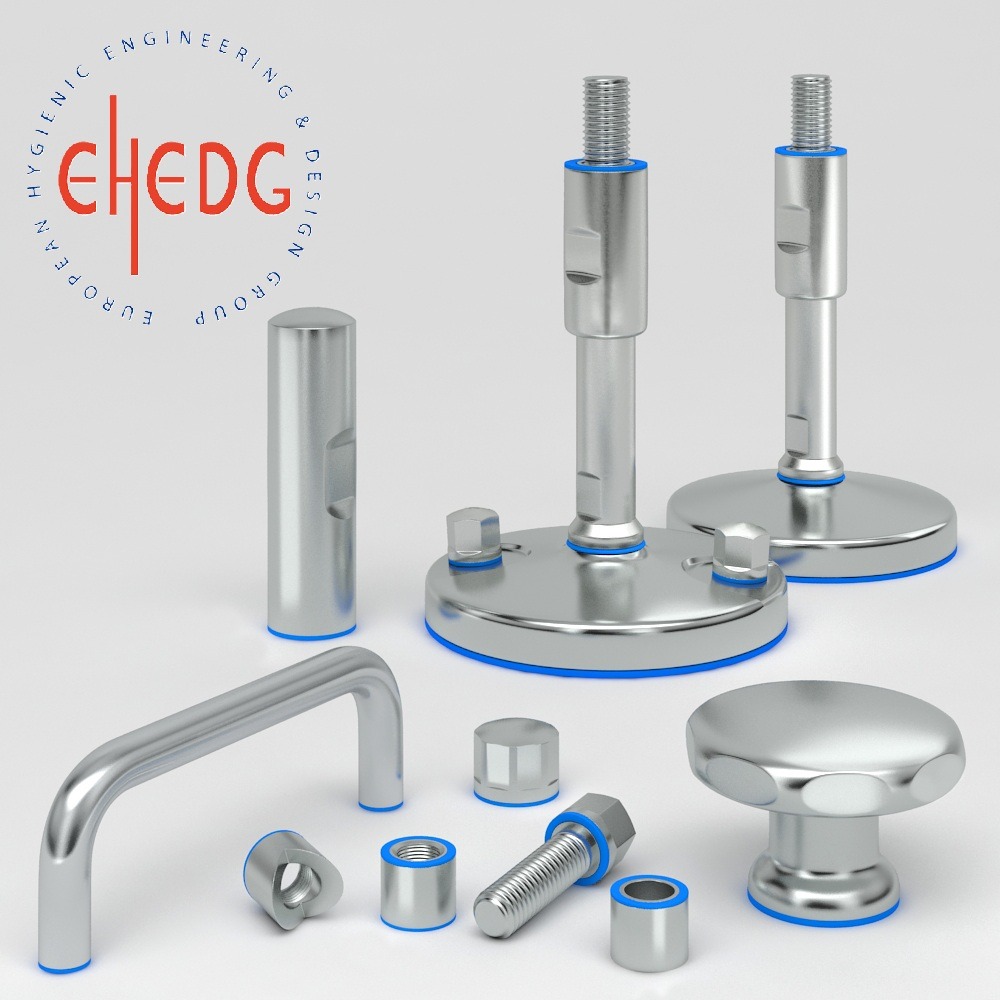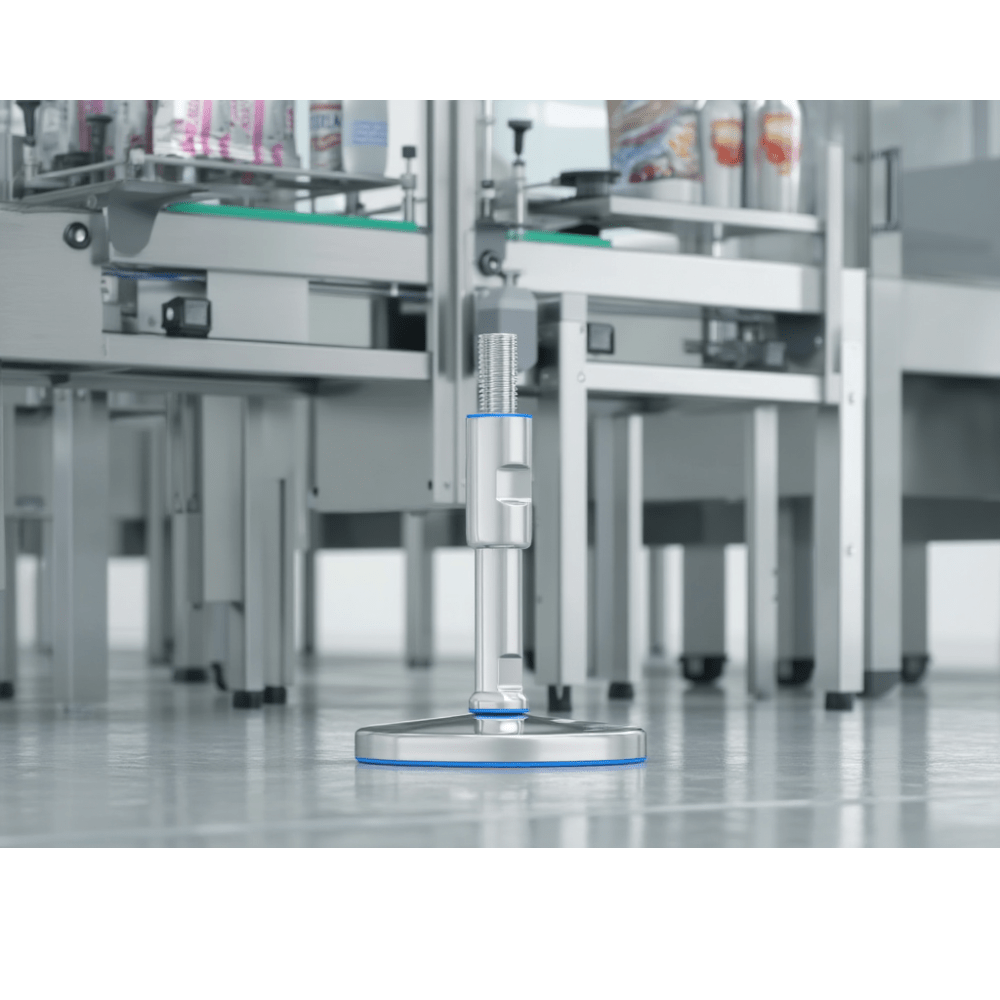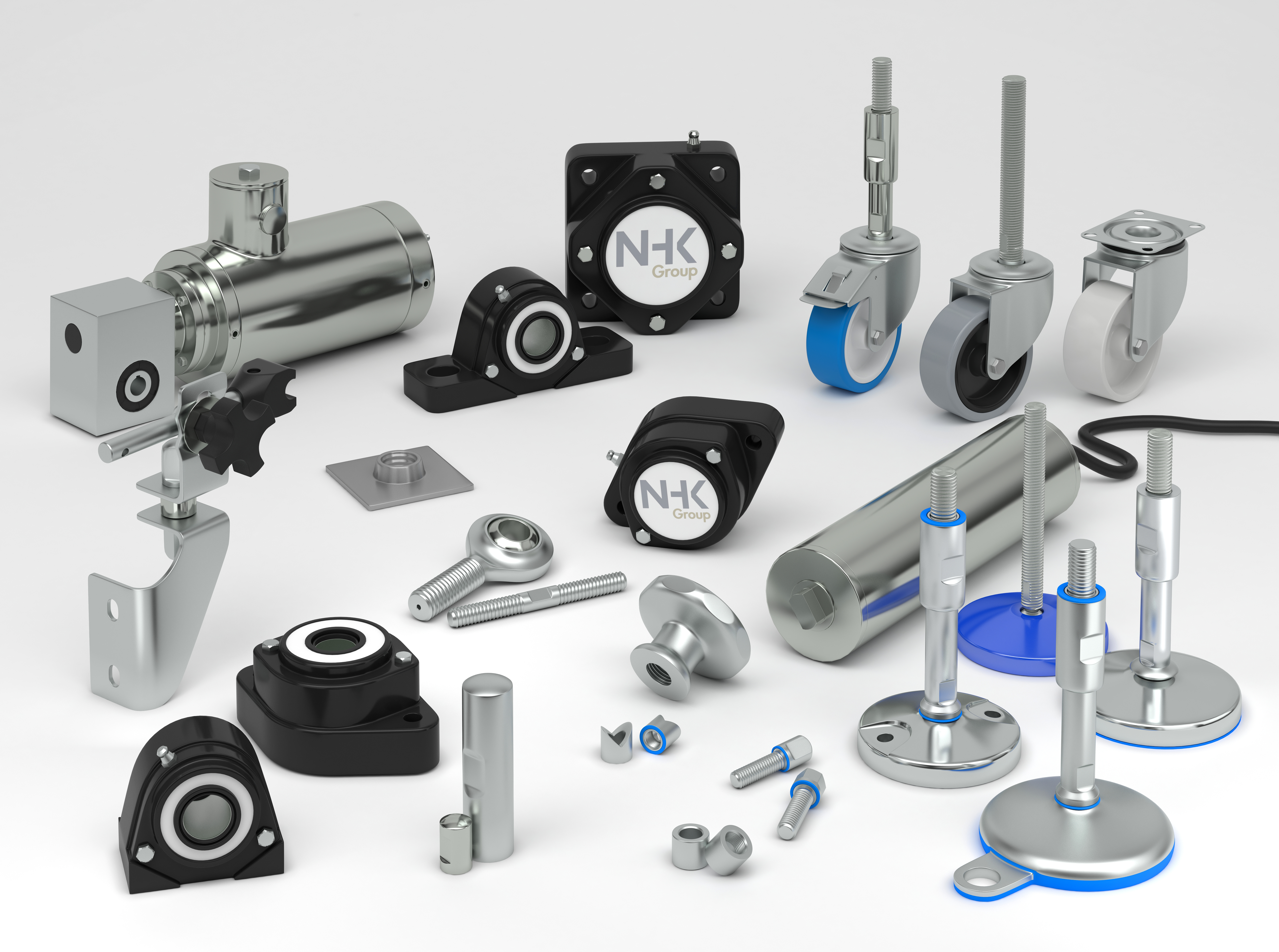
Hygienic Design Essentials and Common Sense in Design
In today’s competitive market, ensuring the highest standards of safety, efficiency, and product quality is paramount. One way industries can achieve this is through optimized hygienic design. This approach not only safeguards consumer health but also provides a competitive edge. In this article, we will delve into the world of hygienic design, discussing its fundamental principles, the benefits it offers, and the challenges it presents. Hygienic design is based on principles that ensure all aspects of a product’s lifecycle, from manufacturing to consumption, adhere to strict cleanliness standards. The key principles include: Incorporating common sense into design means thinking from the end-user’s perspective. This involves understanding how the product will be used and cleaned, and designing it to be intuitive and easy to maintain. For instance, avoiding complex shapes that are difficult to clean and ensuring all parts are accessible for inspection and maintenance. One of the primary considerations in implementing hygienic design is balancing the cost against the benefits. While initial investment in hygienic design may be higher, the long-term benefits often outweigh these costs. These benefits include: Simplifying the implementation of hygienic design involves standardizing procedures and materials. Retrofitting existing systems can be challenging but is often necessary to meet current hygienic standards. Here are some steps to simplify the process: Despite its benefits, hygienic design presents several challenges. One of the biggest challenges is developing a vision for the final product. This involves understanding regulatory requirements, anticipating future trends, and designing products that meet both current and future needs. Regulations play a crucial role in shaping hygienic design. However, overly stringent or poorly designed regulations can stifle innovation. It is essential for regulatory bodies to strike a balance between ensuring safety and allowing flexibility for innovation. Designers must have a clear vision of the final product and its requirements. This vision should include considerations for hygiene, user-friendliness, and future scalability. Collaborating with technical officers and those involved in research and development can help in creating a product that meets all these criteria. Looking ahead, the future of hygienic design appears promising. As consumer demands for safer and more hygienic products increase, clearer guidelines and regulations will emerge, making it easier for companies to comply. Within the next 5-10 years, we can expect regulations to reflect these higher demands, further driving innovation in hygienic design. The future holds significant growth in hygienic design. As industries recognize the competitive advantage it offers, more companies will invest in optimizing their designs. This growth will be driven by advancements in technology, improved regulatory frameworks, and a greater emphasis on consumer safety. Optimized hygienic design is a critical factor in ensuring product safety, efficiency, and quality. By adhering to the principles of hygienic design, balancing cost and benefit, and simplifying the implementation process, companies can gain a competitive edge. As we look to the future, the importance of hygienic design will only continue to grow, driven by evolving consumer demands and regulatory requirements. Industrial machinery requires precision-engineered components that meet exacting standards for durability, safety, and performance. This comprehensive guide explores the essential machinery parts that drive modern manufacturing across food processing, packaging, and chemical industries. Understanding the difference between Plummer Blocks and Direct Mount Bearings is crucial for engineers and procurement professionals seeking to optimize equipment longevity. Pillow block bearings, also known as plummer blocks, are self-aligning bearing units that simplify installation and significantly reduce maintenance costs. These versatile components mount on machine frames and support rotating shafts with exceptional precision, ensuring smooth operation in demanding industrial environments. Flange bearing units offer a more compact alternative, featuring integrated flanges that enable direct mounting to flat surfaces without additional hardware. Both designs come in various materials, including stainless steel grades optimized for corrosive environments and food-grade applications where hygiene is paramount. The importance of material selection cannot be overstated in machinery design. 440 Stainless Steel and 420 grades offer distinctly different properties suited to specific applications and environmental conditions. The 440 stainless steel variant provides superior hardness and exceptional edge retention, making it ideal for cutting tools and high-wear applications requiring maximum durability. Meanwhile, 420 stainless steel offers better corrosion resistance and is preferred in food processing equipment where chemical exposure is common. Hygienic stainless steel components have become essential in food machinery, meeting EHEDG standards and facilitating rapid equipment cleaning required in modern food production facilities. Understanding ingress protection ratings is equally critical for machinery durability and operational reliability. IP67 rating ensures protection against dust and temporary water immersion, while IP68 rating provides complete dust protection and sustained water immersion capabilities for submerged operations. The IP69K standard represents the highest protection level, specifically designed for high-pressure wash-down environments found in industrial food processing facilities. These ratings define how effectively machinery components withstand environmental challenges and maintain performance. Modern industrial facilities increasingly demand equipment that combines high performance with ease of maintenance and sanitation. The choice between different bearing types depends on operational requirements, environmental conditions, and budget constraints. Proper component selection ensures extended equipment lifespan, reduced downtime, and improved operational efficiency.Competitive Advantage Through Optimized Hygienic Design
Principles of Hygienic Design
Common Sense in Design
Cost vs. Benefit
Simplifying the Process and Retrofitting
Challenges in Hygienic Design
Rules and Regulations
Vision for the Final Product
The Future of Hygienic Design
Growth in Hygienic Design
Simplifying the implementation process
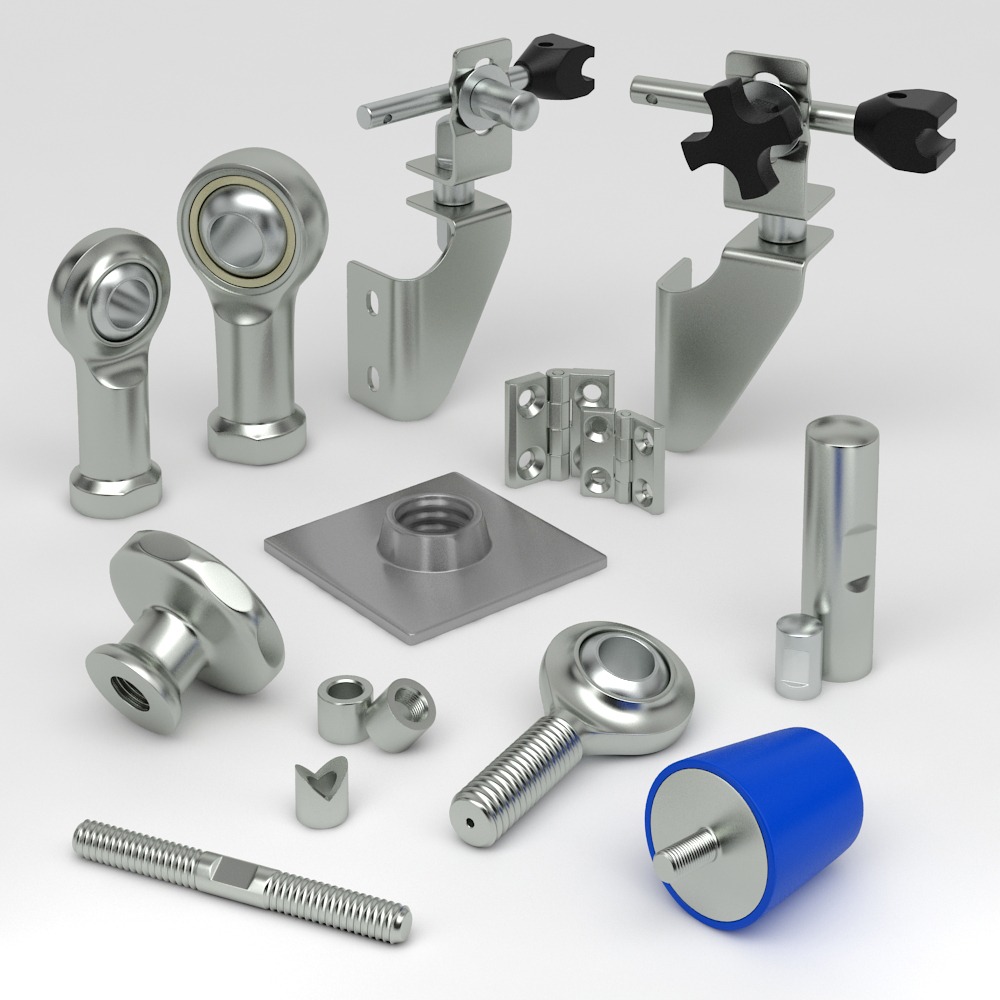
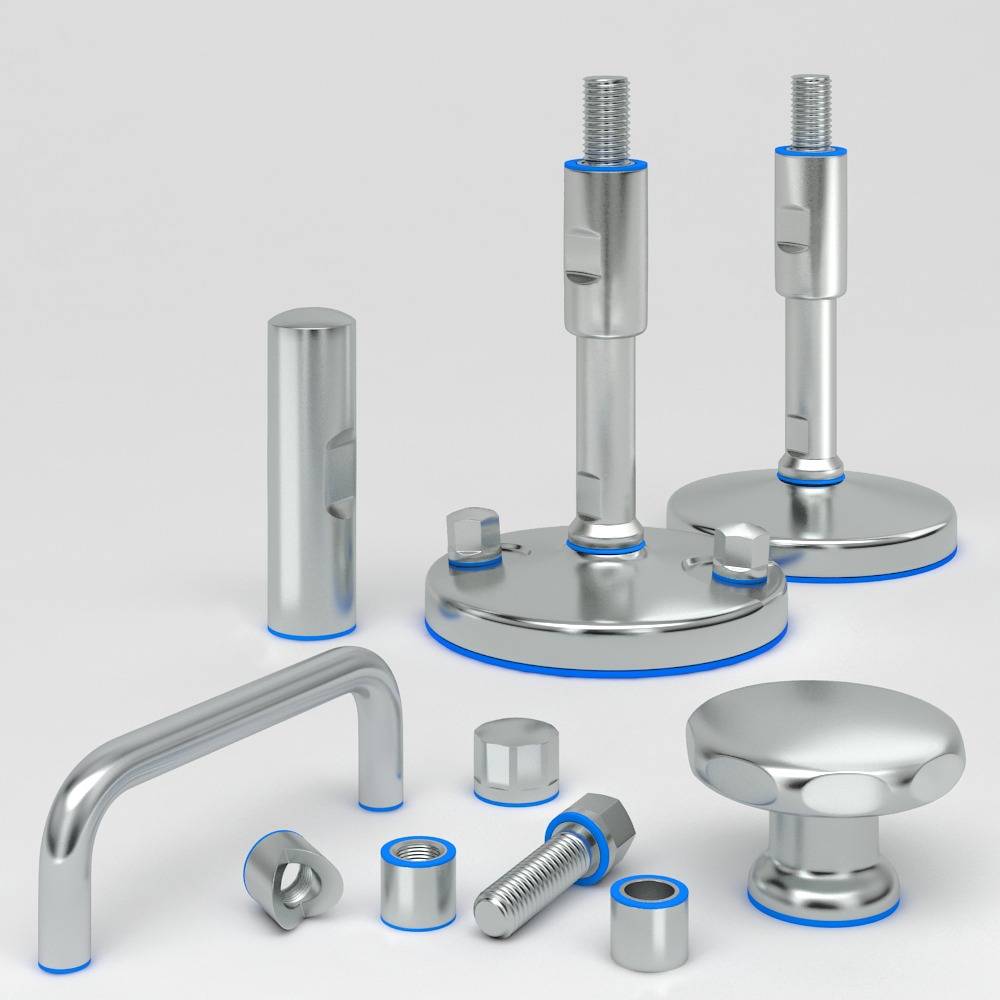
Contact
Understanding Machinery Components & Protection Standards
